CONTACT US
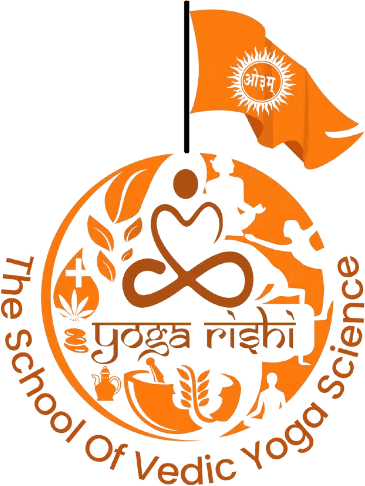

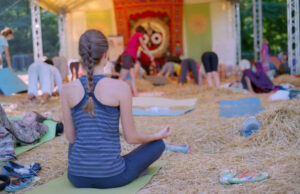
A six-month yoga course is a comprehensive program designed to provide students with a strong foundation in yoga practice, philosophy, and lifestyle. The course typically covers a range of topics, from basic asanas (poses) to pranayama (breathing exercises), meditation, and yoga philosophy.
During the six-month course, students will have the opportunity to deepen their understanding of yoga and develop a consistent practice. They will learn proper alignment and technique for each pose, as well as modifications for different body types and abilities. In addition to physical practice, students will learn about the history and philosophy of yoga, including the eight limbs of yoga, the chakra system, and the yogic lifestyle.
The course will also emphasize the importance of mindfulness and self-awareness in yoga practice. Students will learn to cultivate inner peace and stillness through meditation and pranayama, as well as learn to connect with their bodies and minds on a deeper level.
In addition to in-class instruction, students may be given homework assignments, readings, and recommended self-practice to enhance their understanding and progress in the course.
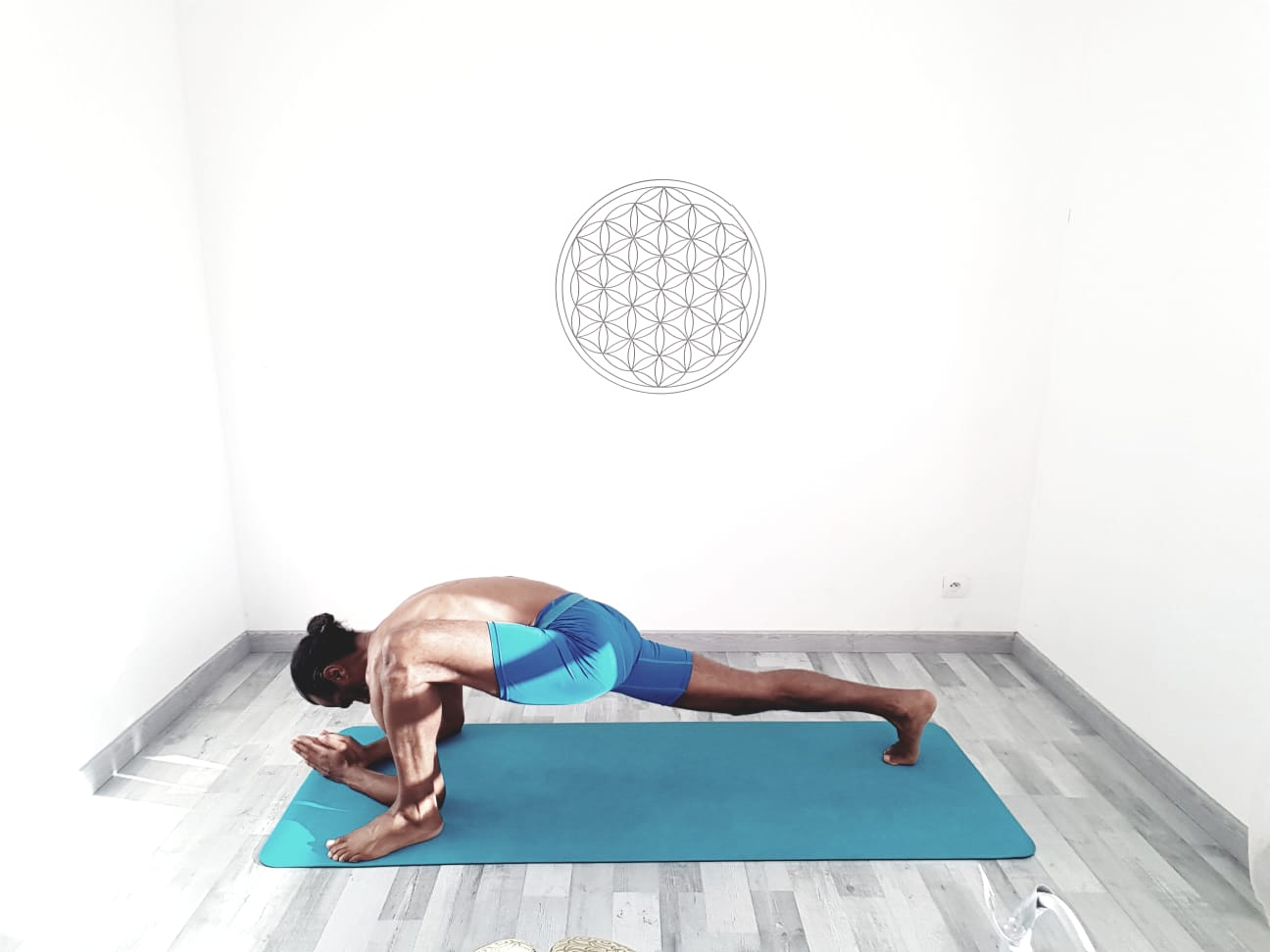
Yoga asanas, or yoga poses, are an integral part of the practice of yoga. These physical postures are designed to improve strength, flexibility, balance, and overall health and well-being. There are many different types of yoga asanas, each with their own unique benefits.
Some yoga asanas, such as Downward Facing Dog, focus on stretching and strengthening the muscles of the arms, shoulders, back, and legs. Other poses, like Tree Pose and Warrior II, focus on improving balance and stability, while also strengthening the legs, core, and back muscles.
In addition to their physical benefits, many yoga asanas also have mental and emotional benefits. For example, Child’s Pose and Cobra Pose can help calm the mind and relieve stress, while Plank Pose can improve posture and increase confidence.
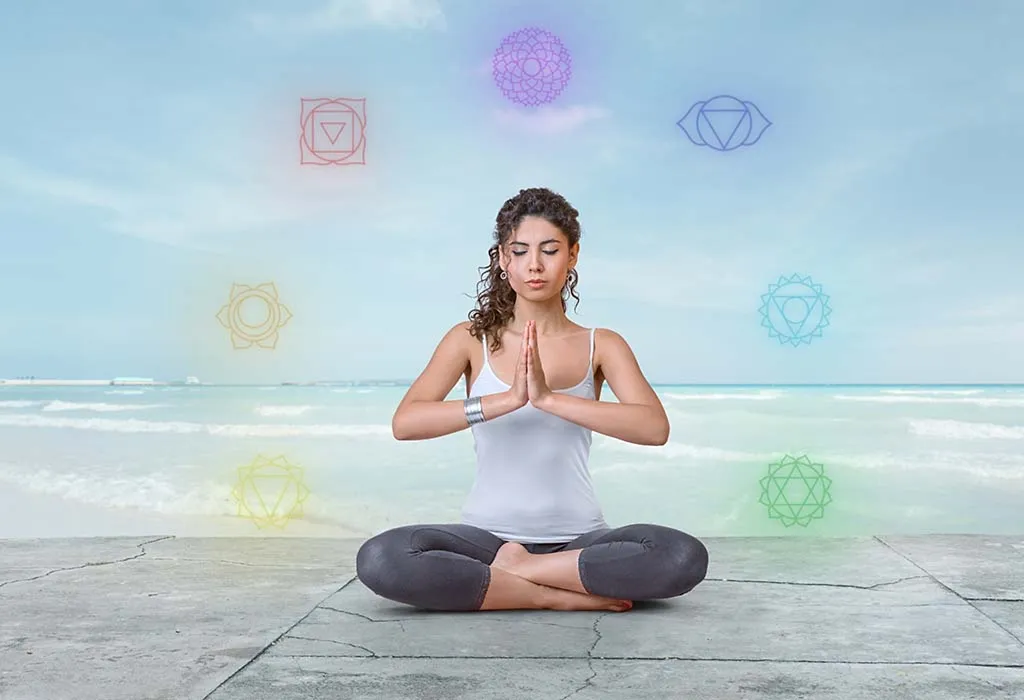
Pranayama refers to the practice of controlling the breath in yoga. It is a Sanskrit term that combines the words “prana” (life force energy) and “ayama” (extension or control), and it encompasses a variety of breathing techniques that are used to enhance physical, mental, and emotional health.
Practicing pranayama can help to regulate the nervous system, reduce stress and anxiety, improve lung capacity, and increase overall energy levels. Some common pranayama techniques include:
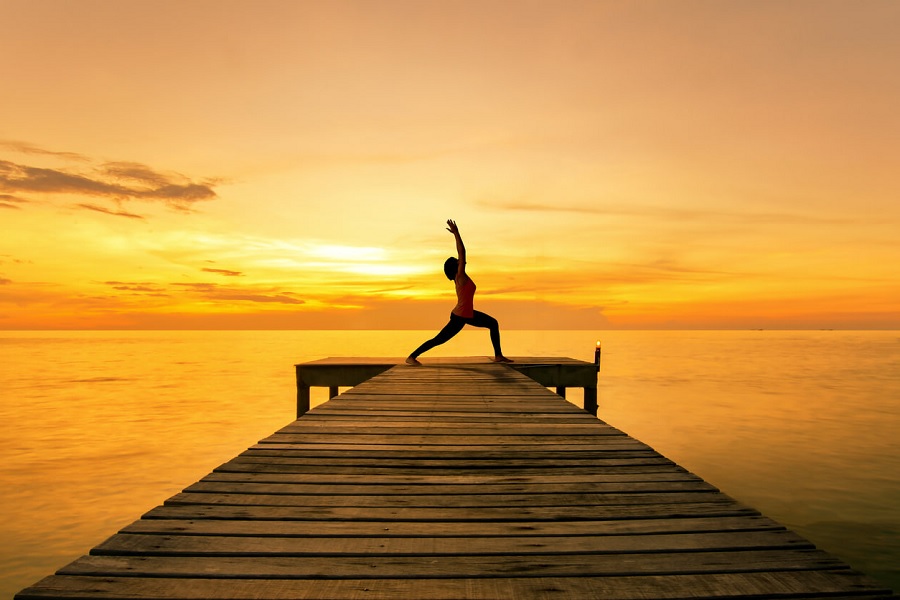
Meditation and mindfulness are practices that are closely related to yoga, and they can be powerful tools for improving mental and emotional health.
Meditation involves training the mind to focus on a specific object or thought, in order to cultivate a greater sense of awareness and concentration. There are many different types of meditation, including guided meditation, mantra meditation, and mindfulness meditation.
Mindfulness, on the other hand, involves paying attention to the present moment with curiosity and non-judgment. It is often practiced in conjunction with meditation, and can involve focusing on the breath, bodily sensations, or external stimuli such as sounds and smells.
Both meditation and mindfulness have been shown to have a variety of benefits for mental and emotional health. These can include reduced stress and anxiety, improved focus and concentration, increased self-awareness and self-compassion, and enhanced emotional regulation.

Anatomy and physiology are two important areas of study in the practice of yoga. Understanding the anatomy and physiology of the body can help yoga practitioners to deepen their understanding of how different poses and practices affect the body, and can help to prevent injury and promote overall health and wellness.
Anatomy refers to the study of the physical structure of the body, including bones, muscles, organs, and tissues. In yoga, it is important to understand the anatomy of the body in order to practice poses safely and effectively. For example, knowing the location and function of the muscles in the hips and legs can help to improve alignment and prevent strain or injury during standing poses like Warrior II.
Physiology, on the other hand, refers to the study of the function and processes of the body. This can include things like the respiratory system, the nervous system, and the digestive system. Understanding the physiology of the body can help yoga practitioners to understand how different breathing techniques, such as pranayama, can affect the body and mind.
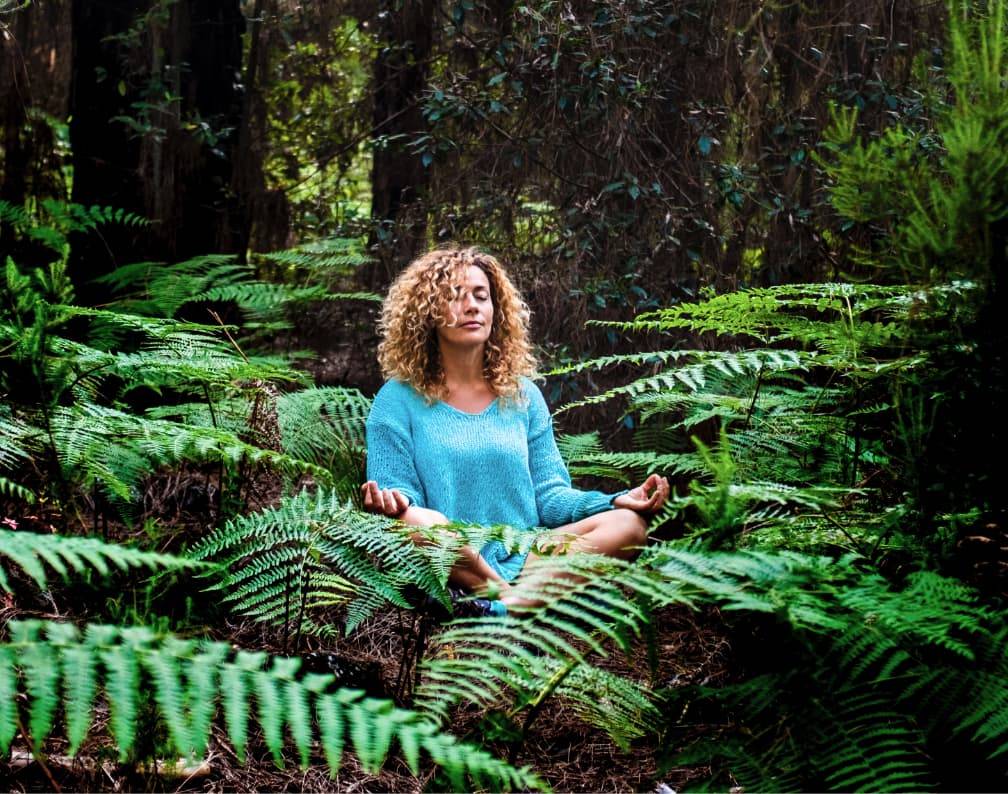
Yoga philosophy is a central aspect of the practice of yoga, and encompasses a wide range of beliefs and practices that are designed to promote spiritual growth and self-awareness.
One of the core principles of yoga philosophy is the concept of union, or “yoga” in Sanskrit. This refers to the union of the individual self with the universal self, and is achieved through the practice of yoga asana (poses), pranayama (breathing techniques), and meditation.
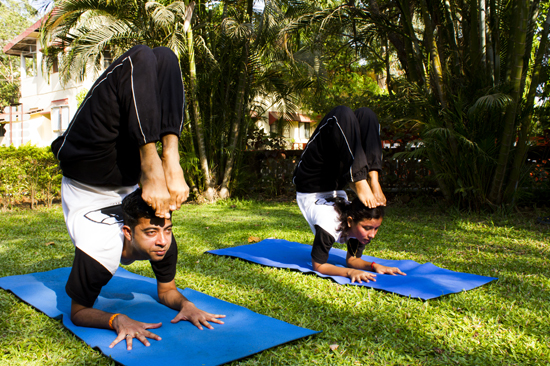
Teaching methodology is an essential aspect of yoga teacher training, and involves the study of the techniques and strategies used to effectively teach yoga to students of all levels and abilities.
One key aspect of teaching methodology is the development of effective lesson plans. This involves selecting appropriate poses and practices based on the needs and abilities of students, as well as incorporating elements such as pranayama and meditation to enhance the overall experience.
Another important aspect of teaching methodology is the use of verbal cues and adjustments to help students achieve proper alignment and form in poses. This involves a deep understanding of the anatomy and physiology of the body, as well as an ability to communicate effectively with students to help them understand and implement these cues and adjustments.
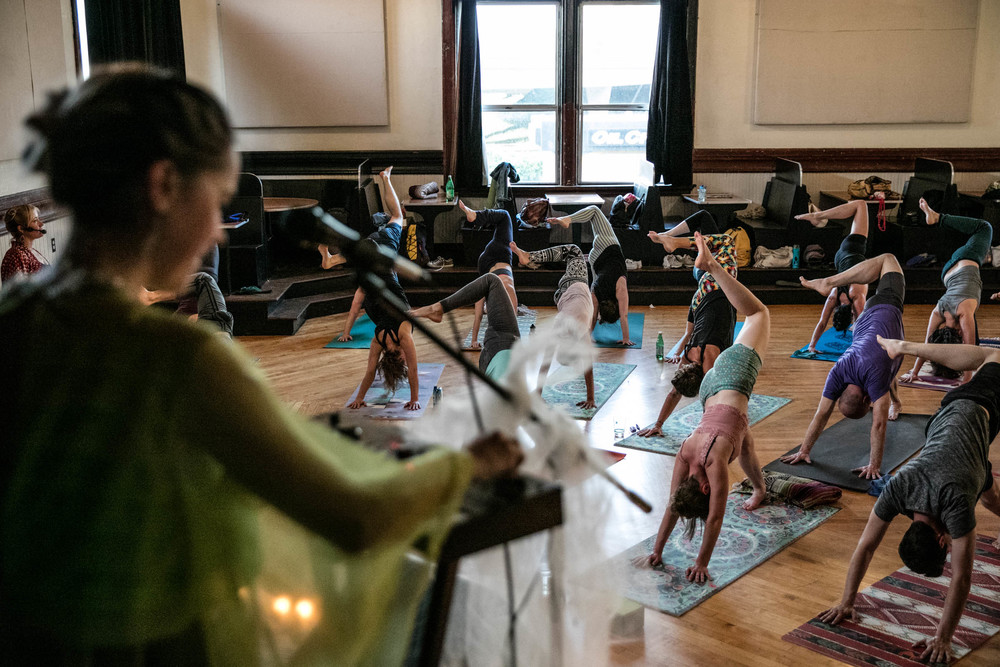
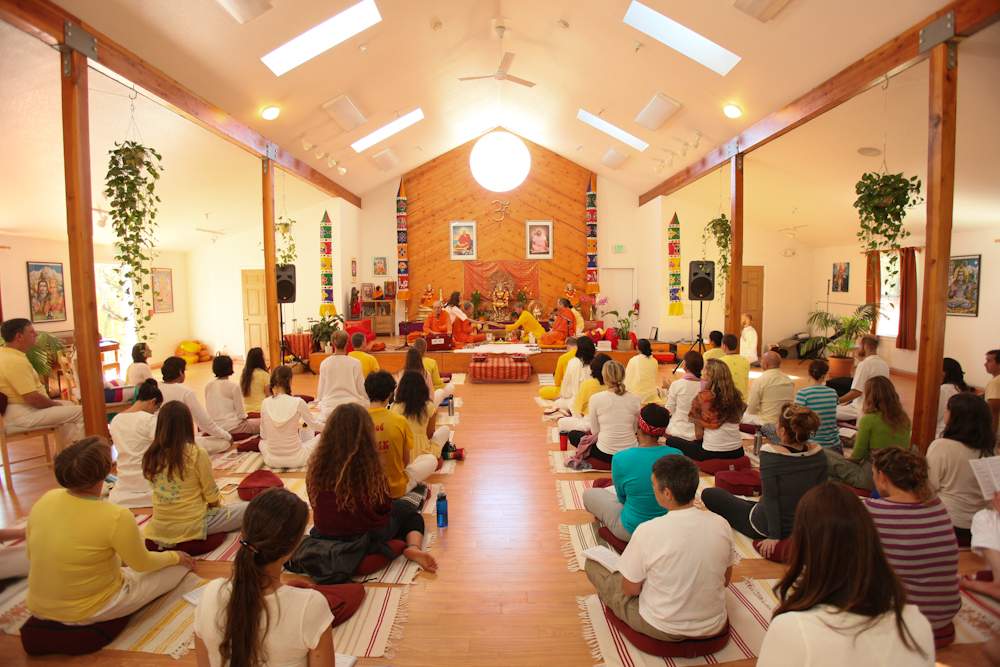

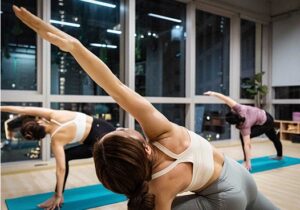
Overall, a six-month yoga course is a great way for students to immerse themselves in yoga practice and deepen their understanding of the practice and philosophy. It can provide a strong foundation for a lifelong practice and offer numerous physical, mental, and spiritual benefits.
Yoga Rishi, Jamari Katal, Upper Tapovan, Rishikesh, Uttarakhand 249137
+91 – 8930001853
info@theyogarishi.com
© 2024 Copyright Yoga Rishi. All rights reserved.